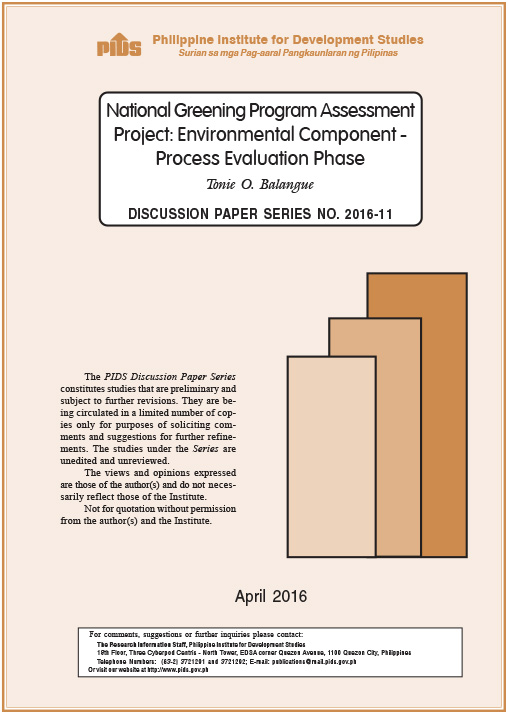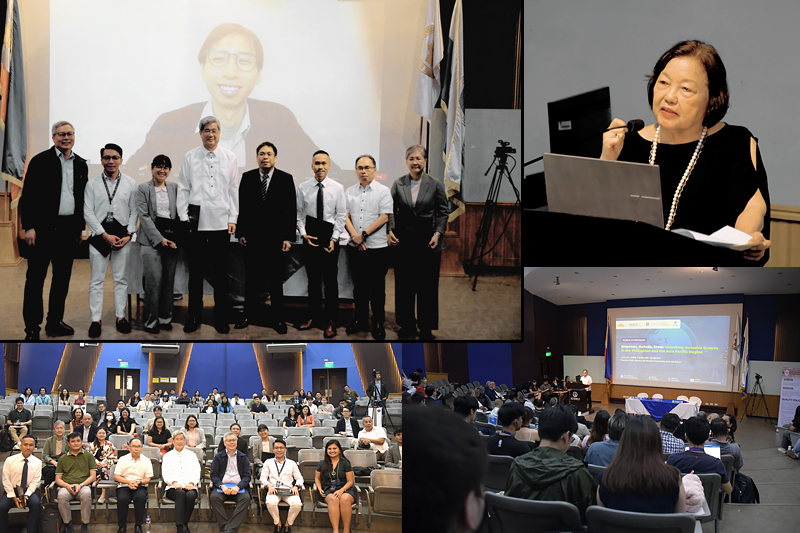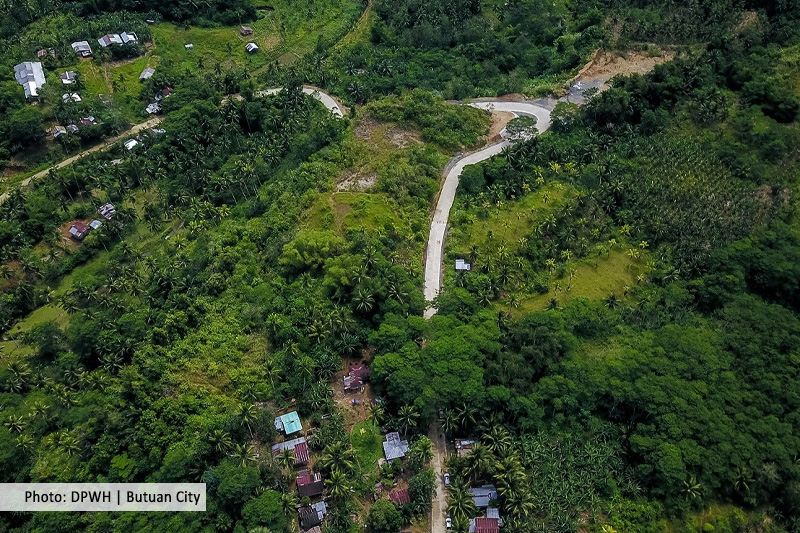QUEZON CITY, May 7 -- The Department of Agriculture has intensified its interventions to mitigate the effects of the El Niño phenomenon in the country, basing on the assessment of the Philippine Atmospheric Geophysical and Astronomical Services Administration (PAGASA) and field monitoring reports from the DA regional offices.
PAGASA has reported that 23 provinces are now affected by drought and 31 provinces by dry spell.
Drought occurs when there is a three consecutive months of above 60-percent reduction of average rainfall. On the other hand, dry spell happens when average rainfall decrease by 21 to 60 percent, also for three consecutive months.
The DA, in partnership with other government agencies, its regional offices and local government units, has continued to intensify its monitoring and reporting activities on the status of drought and dry spell incidence to provide appropriate interventions in affected areas.
For irrigated agricultural lands, DA has been coordinating with the National Irrigation Administration for better management of agricultural waters. Information, education and communication activities have also been conducted among farmers to employ water-saving techniques such as synchronous planting, which makes irrigation more efficient.
For rainfed agricultural lands, DA has fast-tracked the implementation of small-scale irrigation projects and construction of rainwater harvesting and drainage facilities.
Before the onslaught of the El Niño phenomenon, DA has likewise distributed drought-resistant palay seeds, and assisted farmers in the adjustment of their cropping season. For corn, DA has already issued notices to release corn seeds from the buffer stocking program of Agri-Pinoy Corn Program.
To effectively manage "drought" pests, DA has trained and encouraged farmers to practice crop rotation to break the continuous food supply to the pests, hence breaking their life cycle. Farmers have likewise been encouraged to minimize the use of synthetic pesticides and instead massively introduce bio-control agents to preserve the life of helpful organisms. For this, DA has requested the support of RCPC Trichogramma Laboratory to augment the need of Trichogramma for the control of stem borer in the infested areas. Trichogramma is a parasitic species of wasp that kills eggs of stem borer.
DA has also conducted pre-cloud seeding operations, and field personnel of the DA-Bureau of Soils and Water Management are now validating extent of damage in affected areas as basis for cloud-seeding operations and installation of shallow tube wells.
DA Secretary Proceso Alcala has appealed to local government units and farmer organizations to continuously coordinate with local agriculture offices and employ mitigation measures prescribed by DA as well as other agencies.
"This is a tremendous natural event that we are dealing with, hence we need an equally massive force of collaborative stakeholders for our mitigation efforts to succeed,” Alcala said.
The following provinces are affected by drought, according to PAGASA: Abra, Agusan del Norte, Apayao, Basilan, Benguet, Bohol, Ifugao, Ilocos Norte, Ilocos Sur, Kalinga, La Union, Lanao del Norte, Maguindanao, Misamis Occidental, Mountain Province, Pampanga, Saranggani, South Cotabato, Sulu, Tawi-Tawi, Zamboanga del Norte, Zamboanga del Sur and Zamboanga Sibugay.
Dry spell, on the other hand, is experienced by the provinces of Agusan del sur, Albay, Bataan, Batanes, Batangas, Biliran, Bukidnon, Cavite, Cebu, Compostela Valley, Davao del Norte, Davao Oriental, Eastern Samar, Guimaras, Lanao del Sur, Leyte, Masbate, Misamis Oriental, Negros Occidental, Negros Oriental, Northern Samar, Nueva Ecija, Rizal, Samar, Siquijor, Sorsogon, Southern Leyte, Sultan Kudarat, Surigao del Norte, Surigao del Sur and Tarlac. ( DA-AFID)//
Related Posts
Publications
Press Releases
Video Highlights
Infographics
[No related items]







